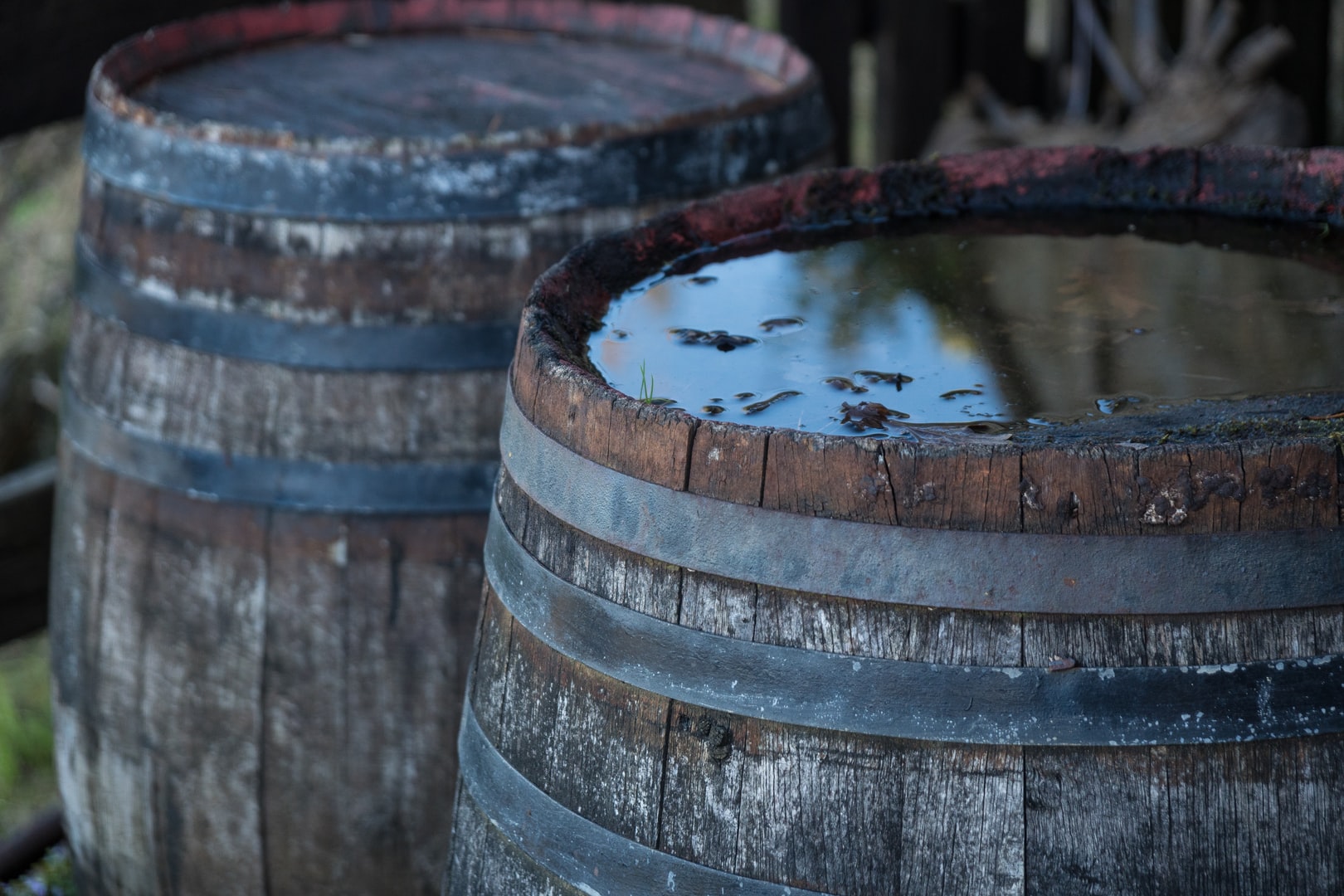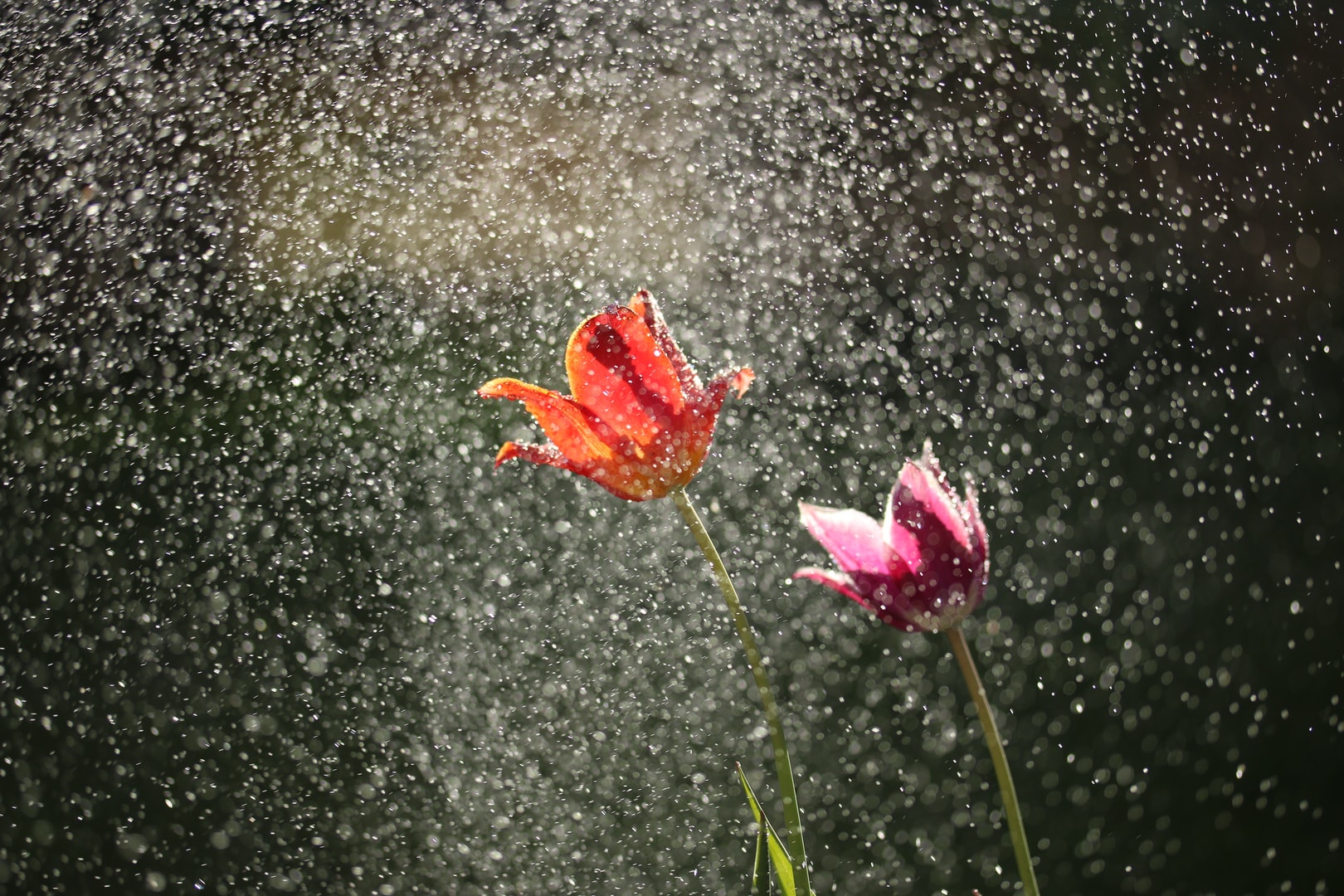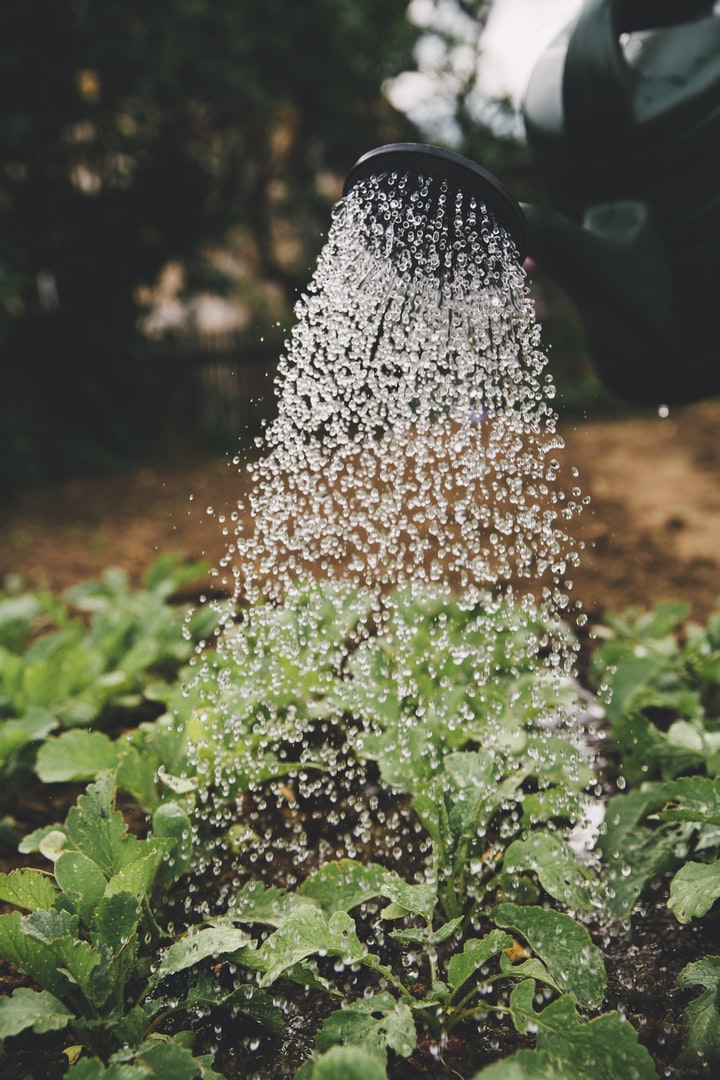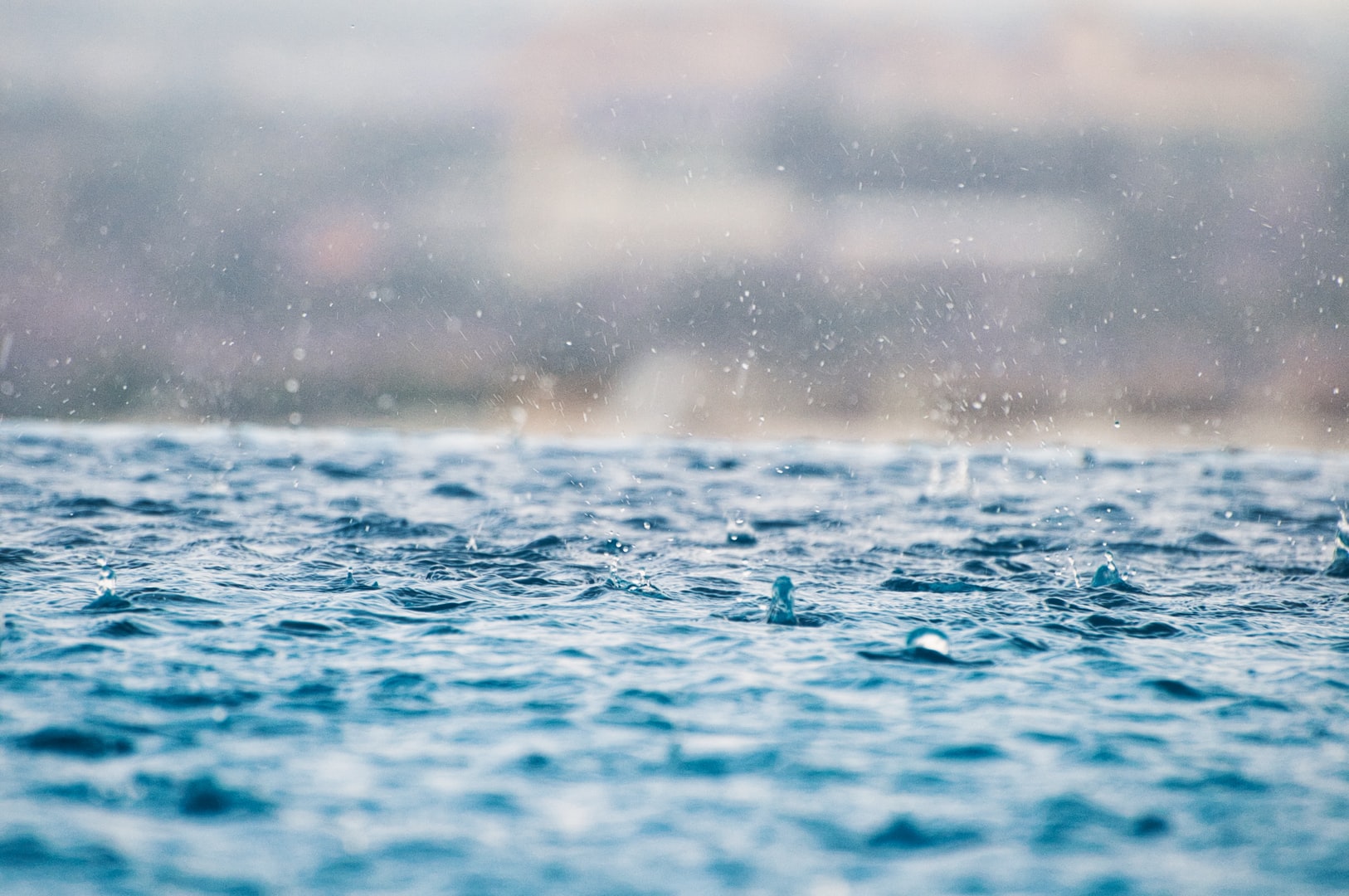
Rain Barrels
A rain barrels is any type of container attached to a downspout or place where water funnels off of a rooftop. It is used to collect and store rainwater that can be used at a later time. Rain barrels help to save on your water bill, reduce stormwater runoff, control erosion problems, provide gardens with chemical free water and supply an alternate source of water for future use.
Top 4 Reasons to Collect Rainwater:
Protect our rivers and streams from runoff pollution.
Use rainwater to grow healthy and lush plants.
Supplement your water supply.
Rainwater is a free resource that's easy to harvest and use
Rain Water vs. Tap Water
Rain Water
More oxygen
Nitrogen - added to rainwater after a thunderstorm - occurs from lightning in the atmosphere. This helps plants grow greener and more lush.
Carbon Dioxide
Evaporation gets rid of chemicals
Slightly acidic pH 5.6 (helps absorb nutrients)
Tap Water
Fluoride - One way to tell if your plants are suffering from too much flouride is if the leaves look burnt, discolored or spotted.
Chlorine (disinfectant)
Sodium
Calcium and Magnesium
Slightly basic
High amounts of these minerals can be too much for some plants.




